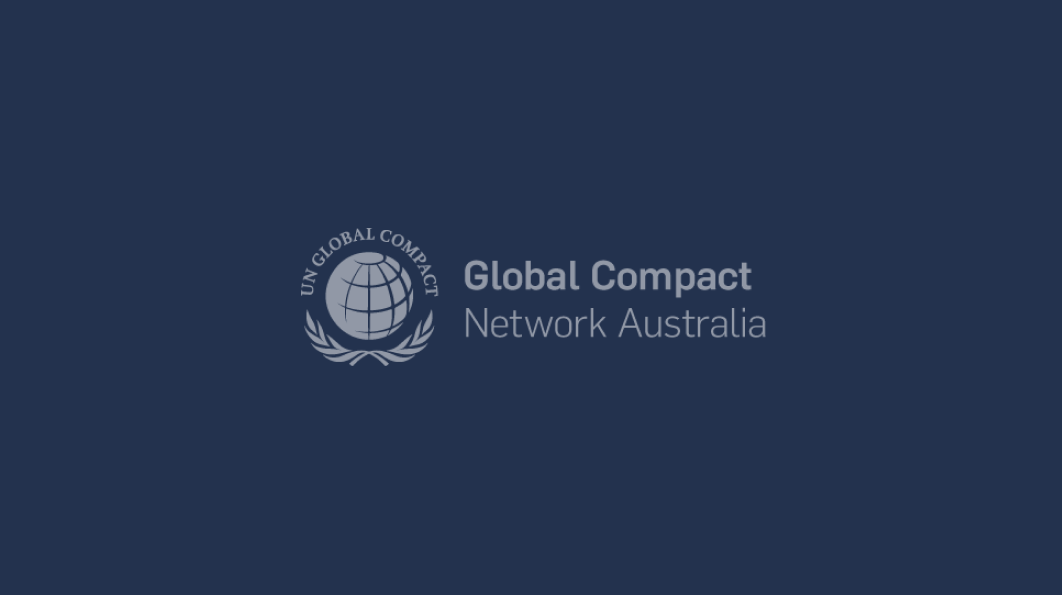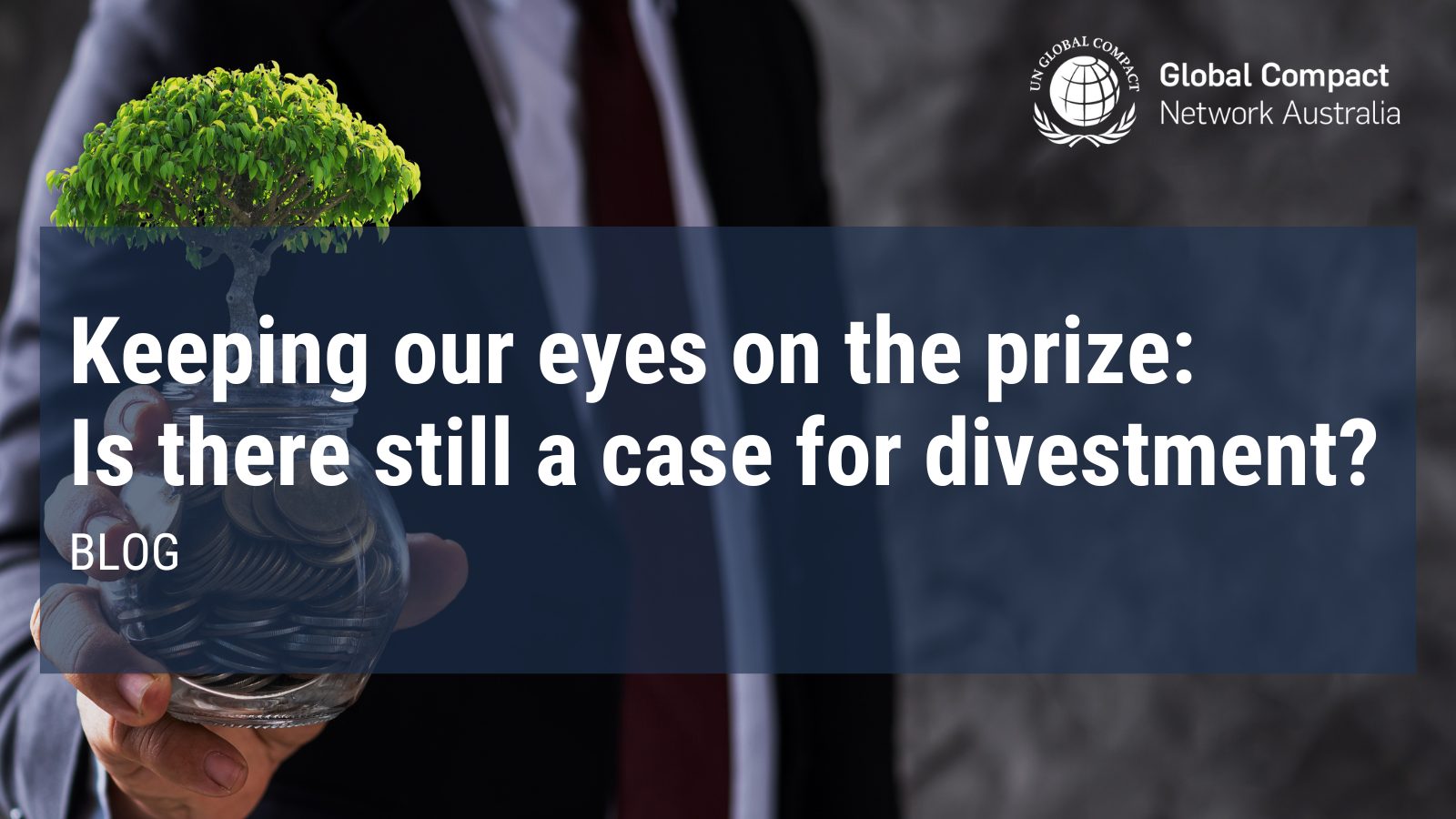
News, Sustainable Development Goals
UN High-Level Political Forum Explores SDGs Progress
UN Global Compact Network Australia | July 31, 2017
Governments have reaffirmed their commitment to the Sustainable Development Goals (SDGs) at the UN’s High-Level Political Forum on Sustainable Development (HLPF), the central platform for follow-up and review of Agenda 2030, which took place in New York from 10 – 19 July 2017.
As part of the HLPF’s follow-up and review mechanisms for the 2030 Agenda, countries are encouraged to publish Voluntary National Reviews (VNRs) to assess progress toward implementing the SDGs. In 2017, 43 VNRs were submitted to the HLPF and Australia announced its intention to present the its first VNR at the 2018 HLPF (read more here).
Over 140 side events were held during the HLPF, including the SDG Business Forum – co-hosted by the UN Global Compact, UN Department of Economic and Social Affairs and the International Chamber of Commerce – which gathered leaders from business, government, civil society and academia, to highlight private sector commitment to take action on the SDGs. You can read more about the SDG Business Forum here.
The 2017 HLPF focused on a set of SDGs (1, 2, 3, 5, 9, 14) as well as key aspects of SDG 17. Overall, the HLPF highlighted insufficient and uneven progress across many SDG targets, and the need for additional and accelerated efforts by all. In relation to the SDGs which were the focus of the 2017 HLPF, global progress can be summarised as follows (taken from the documents listed below):
- SDG 1 (No Poverty). Despite the fact that the global poverty rate has been halved since 2000, intensified efforts are required to boost the incomes, alleviate the suffering and build the resilience of those still living in extreme poverty. Most progress toward SDG 1 was seen in East and South-East Asia, while sub-Saharan Africa remains behind. Many who have escaped poverty are at risk of falling back. Further, social protection coverage varies and still misses many vulnerable populations. Risks also need to be mitigated for disaster-prone countries.
- SDG 2 (Zero Hunger). At the current rate of progress, the zero hunger target is not expected to be achieved by 2030. Malnutrition remains a global problem; obesity and related diseases such as diabetes burden health care systems. It is necessary to recognise the close interdependence between poverty and hunger, and the close interlinkages between food security and sustainable agriculture and other SDGs. A food systems approach is needed, together with stronger governance.
- SDG 3 (Good Health & Well-Being). While progress has been made in a number of key areas – including combating infectious diseases – progress must be accelerated to achieve this goal by 2030. Changes in rates of non-communicable diseases and mental health, as well as reproductive, maternal, newborn and child health, are falling short of the rate required to meet the 2030 target. Indoor and ambient air pollution is a significant environmental health risk. Road traffic deaths have increased. There are also key populations and regions at risk of being left behind including adolescents, Indigenous people, older people, people in conflict situations, migrants, rural works, people with disabilities and others.
- SDG 5 (Gender equality). Gender inequality persists worldwide. While progress was noted in ending discrimination against women and girls in laws, policies and practices since the adoption of the SDGs, systemic and structure changes had far to go in some parts of the world. Violence against women remains a significant challenge. Significant discrepancies between the average amount of time women spend on unpaid domestic and care work compared to men continue. There is slow progress on women’s participation in national parliaments, and women are still underrepresented in managerial positions.
- SDG 9 (Industry, Innovation & Infrastructure). Despite stead improvements in manufacturing output and employment, renewed investment will be needed particularly in the least developed countries to achieve this goal. Supporting SMEs and micro-enterprises, including through access to financing and ICT for trade, was highlighted. Formulating trade rules that promote inclusive growth and removing trade barriers were stressed. Ensuring that industrialisation and infrastructure development does not harm the environment is also critical.
- SDG 14 (Life Below Water). The increasingly adverse impacts of climate change (including ocean acidification), overfishing and marine pollution are jeopardising recent gains in protecting portions of the world’s oceans. National efforts, including the banning of plastic bags, combating littering and the establishment of marine protected areas has yielded positive effects.
- SDG 17 (Partnerships). (Financing the SDGs) Significant financing gaps and challenges remain. In response, new approaches to channel finance are needed. Further efforts are also needed to make a strong business case for investing in the SDGs to mobilise private capital and blended finance. (Science, Technology & Innovation) Flexible and participatory science, technology and innovation roadmaps at national and global levels are essential to support SDG achievement. Positive and negative impacts from the disruptive effects of new technologies on societies were also discussed. The current approach to engaging the private sector and mobilise private resources was seen as inadequate.
The importance of data was highlighted as vital to achieving the SDGs, building trust and accountability – although the SDGs require an unprecedented amount of data at all levels, meaning this is a major challenge for national and international statistical systems.
This year, the HLPF concluded with the adoption of a Ministerial Declaration – “Eradicating poverty and promoting prosperity in a changing world” – which recognises poverty eradication as a central component to progressing the SDGs.
The Ministerial Declaration also notes that while the 2017 HLPF focused on a particular set of SDGs, the integrated, indivisible and universal nature of the agenda makes it essential to pay particular attention to leveraging synergies and co-benefits while avoiding or minimising trade-offs.
Ministers also emphasised the need for awareness around the SDGs, stating that “there can be no effective implementation, or accountability to our citizens, where no awareness exists”. To enhance awareness, the Declaration called on local actors to communicate about the Goals at grassroots and a national level.
The 2018 HLPF will take place in July 2018 and will focus on SDGs 6, 7, 11, 12 and 15. The Australian Government will also present its first Voluntary National Review at the 2018 HLPF.
Read the full documents from which the above summary is derived here:
- ECOSOC President’s Summary of 2017 HLPF
- UN Secretary-General’s Report on Progress Towards the SDGs
- Ministerial Declaration

